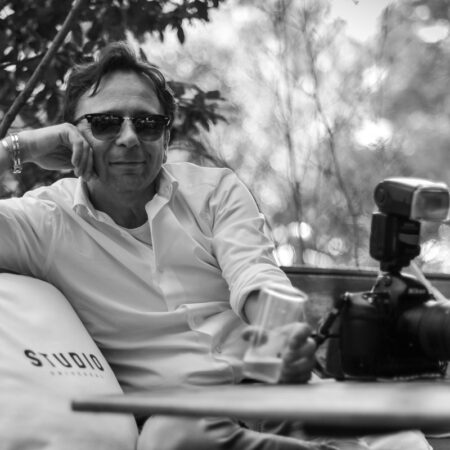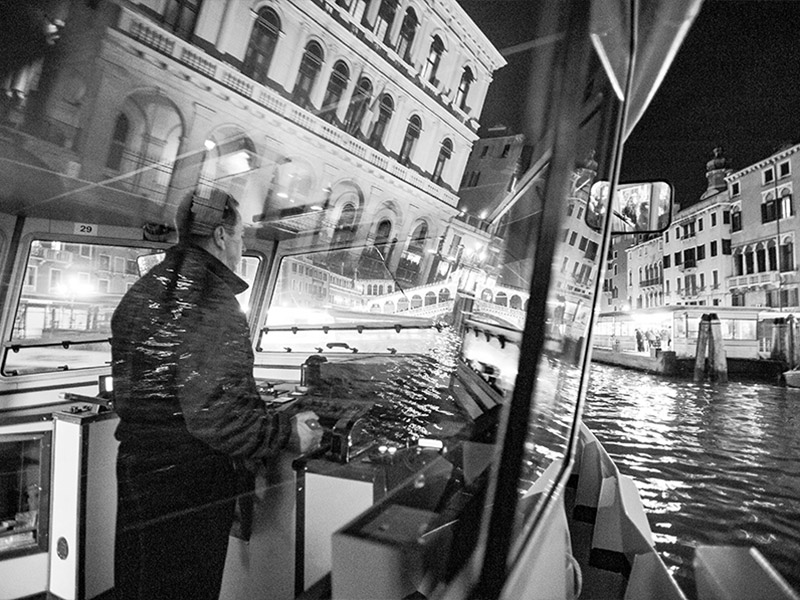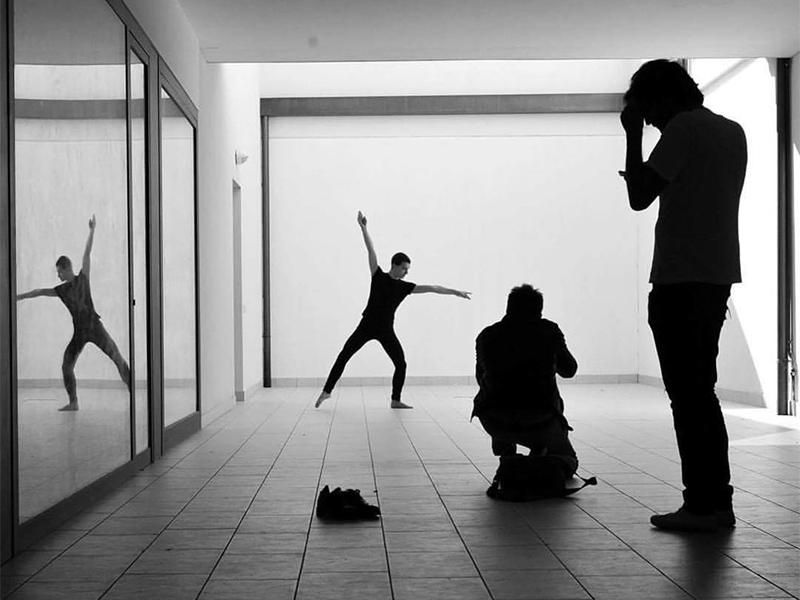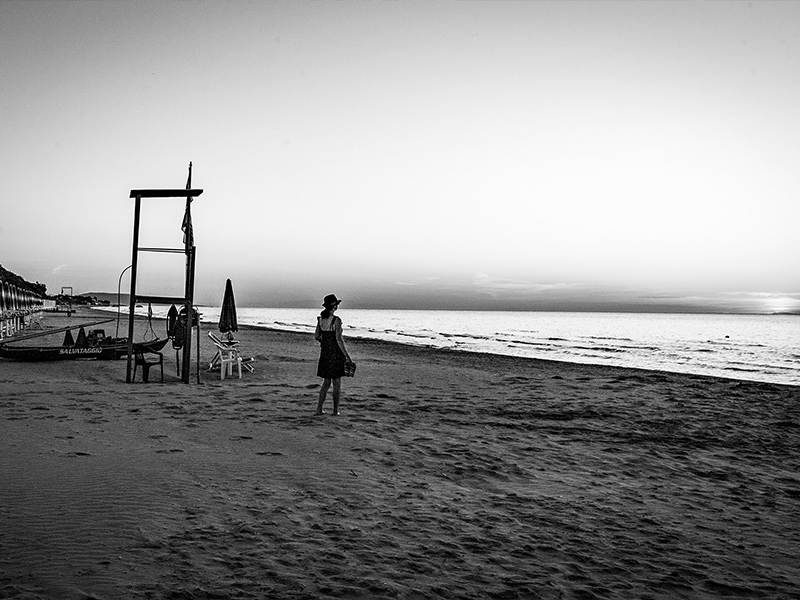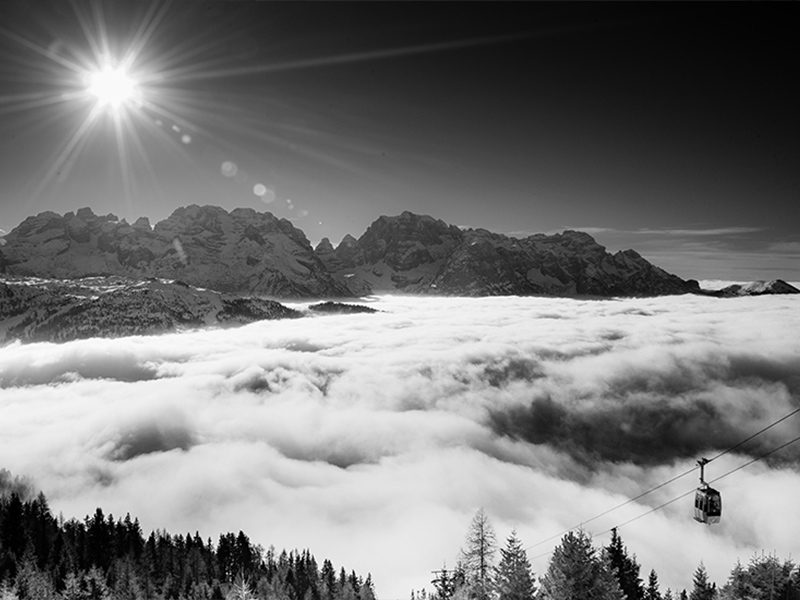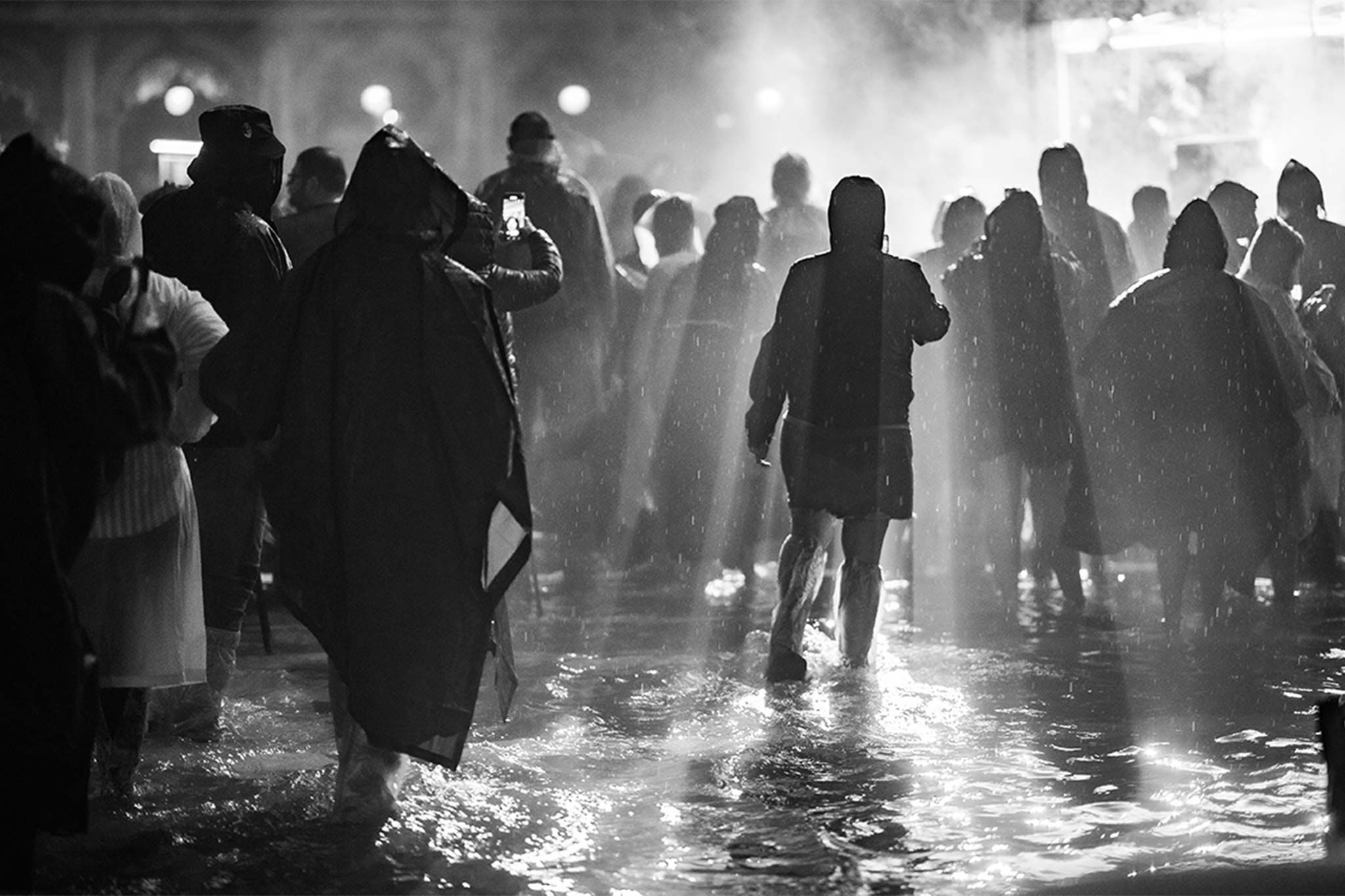
17 Apr Interviewing Diego Finotto | A black and white world
Diego Finotto was born in Adria, Italy. At a very young age, he built a darkroom in his home’s basement. It was at that moment that his passion for photography was born. A passion that springs genuine, permeated with great enthusiasm. He prefers black and white because – he argues – in practical terms, it is more effective, more graphic, stronger. His photos pursue games of light and shadow. Lights that want to chase away the shadows.
Tell us a bit about yourself and how your passion for photography was born.
I was a kid, my father gave me a Fuji camera. I thought I could immortalize my sister, make her eternal, and that only black and white could capture an image of such power. It’s not just movie stars who are eternal, I think. Even ordinary people, caught in a particular moment of their lives, can be eternal. Back then, it wasn’t very clear to me, but I believe that in each of our moments, like in a seed, lies the germ of all eternity. The task of photography is to discover this seed.
In your black and white shots, the protagonist is always the dualism between Light and Shadow, from which – as you write in your biography – “the face of the devil” emerges. What does this concept mean to you?
It is precisely Lights and Shadows that become the greatest allies of black and white photography, with a task: to make the human mind perceive colors, even though they are not there. With the play of chiaroscuro, details are enhanced; both lights and shadows create a game of emphasizing volumes that allow a clear perception of both the overall image and the minutiae. It is then, in a particular moment, that the face of Mephistopheles can emerge. I saw it as a warning to men when they abandon the path of Good. What can the concept be? I believe that by breaking down the barriers between the Divine and the Human, we begin that desacralization of the world, at the end of which there is the negation of every value that is not individual or collective, the impossibility of establishing a hierarchy in ideas and things, therefore Chaos.
Your images freeze scenes of everyday life, bringing modernity back to a more classic situation. Why is it important for you to return to this more “ancient” breath? Would you define it that way?
Black and white, with its timeless aesthetic, offers a dive into the past. There is the extraordinary ability to evoke nostalgia, transporting observers to past eras. So yes, we can speak of classicism. Therefore, we return to what was said above: to eternity, to the perception of time stopped, sensations that only a black and white photograph can evoke, which is why its charm is always accompanied by a series of emotions that the observer unconsciously feels in front of a photo without colors. Then, for me, everyday life is ‘maternal,’ it has the flavor of the things that give warmth in life.
How do you prepare your shots? Do you always have the camera with you and capture the inspiration of the moment? How do you manage, in your opinion, the preparation of these moments?
I don’t think there is a real preparation, unless I have a specific service to do. Of course, it’s difficult for me to go out without a camera. I see it as a third eye, an extension of myself. I try to listen to reality and see its images to transform them into scenes: through the image, the world imposes its discontinuity, its fragmentation; in this sense, photography is the purest of communications, because it simulates neither time nor movement, while all other forms of images (cinema, video, etc.) are only attenuated forms of the pure image and the break with reality. This third eye allows me to seek, in a shot, the intensity commensurate with the physical negation of reality, the invention of another scene; it is to remove from reality one by one all its dimensions: weight, relief, perfume, depth, time, continuity, and, of course, sense. To make it, if I can, Dream. Silence.
We can’t wait to know what the outcome of your participation in the Arte Laguna Prize will be. In addition to the possibility of exhibiting in Venice, do you have other future projects planned?
Exhibiting in Venice is already a very important thing, as well as a dream for everyone. Precisely because, as the poet Josif Brodskij wrote in Watermark, Venice is the city of the eye, a visibility that distinguishes it in a particular and unique way from any other place in the world.

